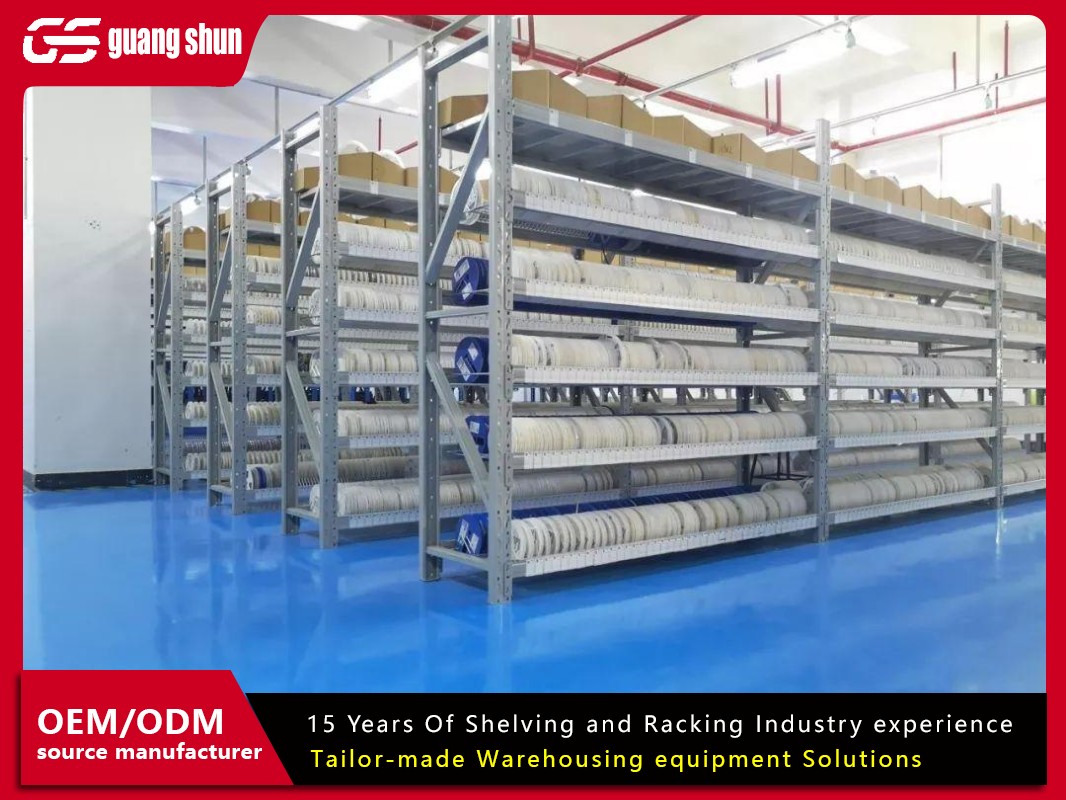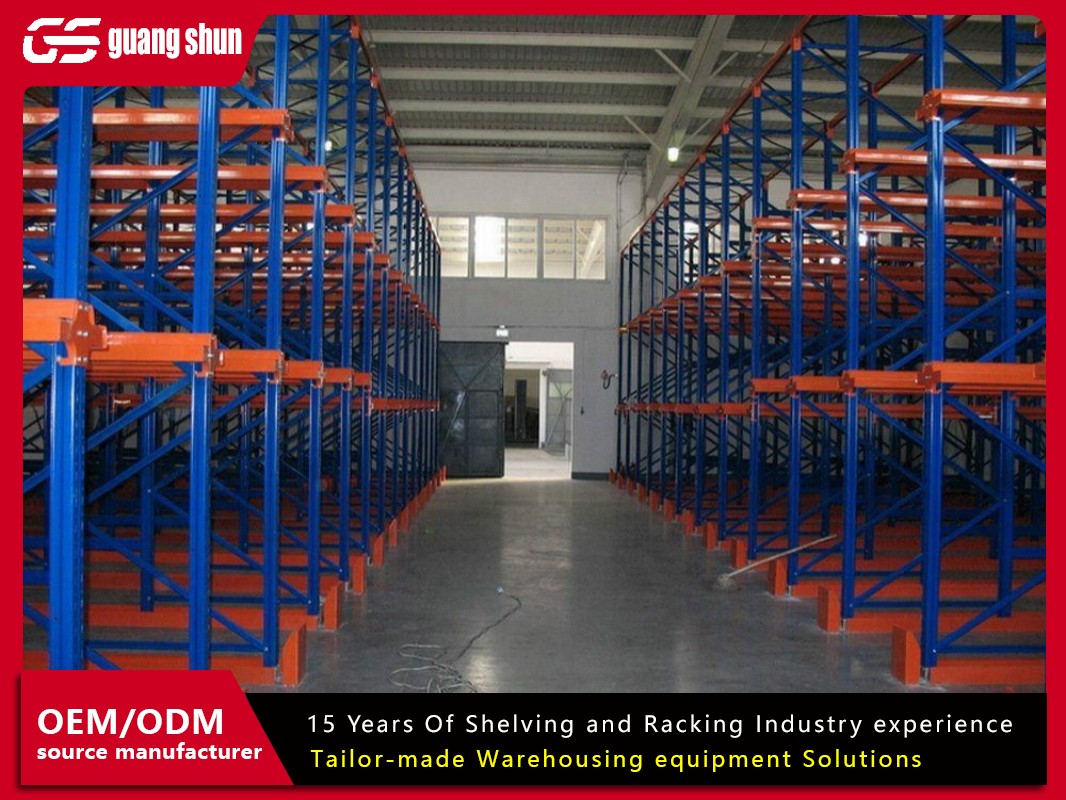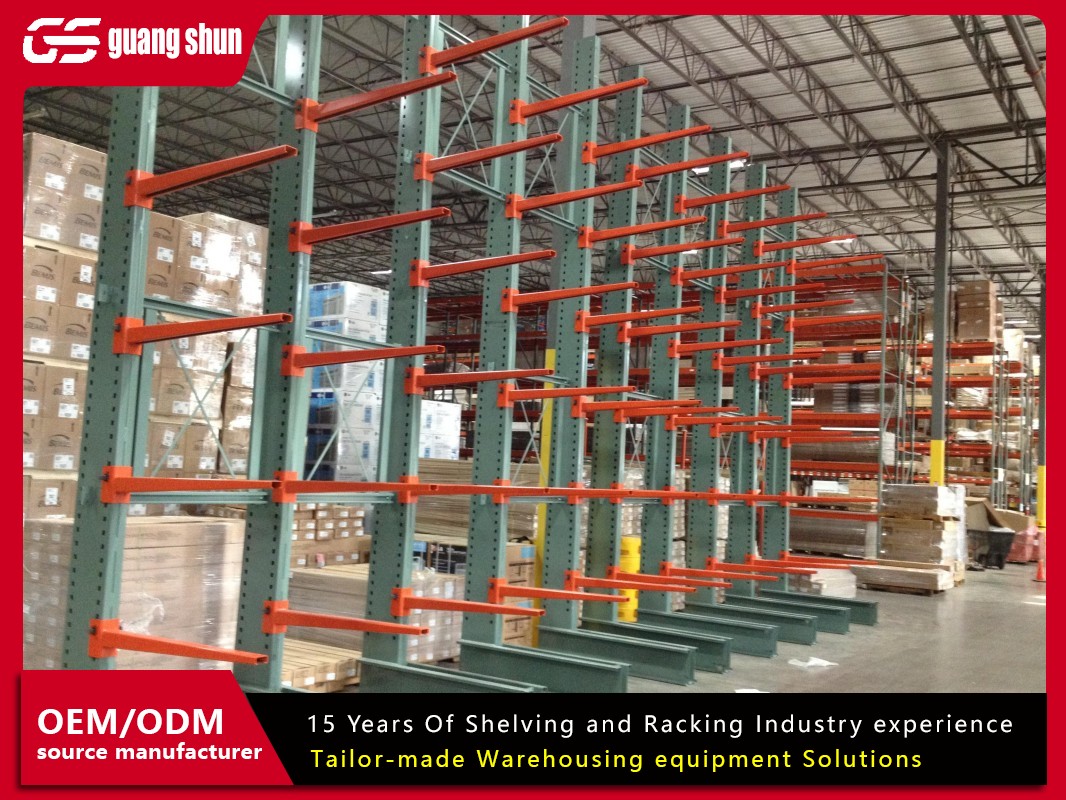In today's fast-paced world, businesses and organizations are constantly seeking innovative solutions to optimize space, reduce costs, and improve operational workflows. One such groundbreaking innovation is the automated shelving system, which has revolutionized how items are stored, retrieved, and managed. This technology leverages robotics, software, and advanced mechanics to create a seamless storage environment, minimizing human intervention while maximizing productivity. From warehouses and libraries to retail and healthcare, automated shelving systems are becoming indispensable. In this article, we will delve into five key aspects of these systems, highlighting their functionality, benefits, applications, types, and implementation considerations. By understanding these elements, you can appreciate how an automated shelving system can drive efficiency and support growth in various sectors.
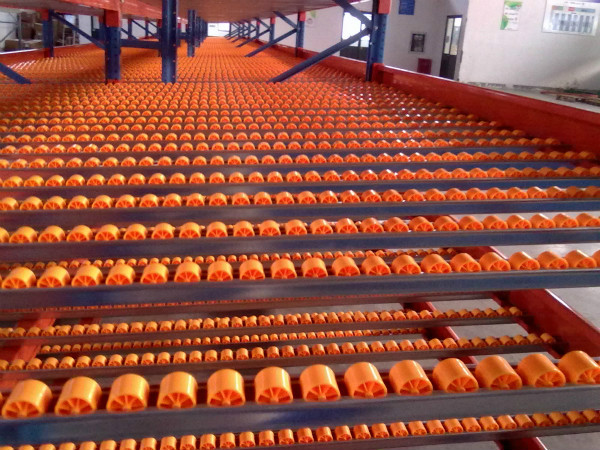
What is an Automated Shelving System?
An automated shelving system is a sophisticated storage solution that uses automated mechanisms to store and retrieve items without manual handling. Unlike traditional shelving, which relies on human workers to locate and access products, this system integrates technologies such as conveyor belts, robotic arms, and computer-controlled platforms to automate the entire process. Typically, an automated shelving system consists of a series of shelves or bins that are arranged in a compact structure, often vertical or horizontal, and are managed by a central software system. This software coordinates movements, tracks inventory in real-time, and ensures accurate item placement and retrieval.
The core idea behind an automated shelving system is to enhance density and accessibility while reducing the footprint of storage areas. For instance, in high-density setups, these systems can utilize vertical space efficiently, allowing businesses to store more items in a smaller area. The automation component not only speeds up operations but also reduces errors associated with manual processes. As industries embrace Industry 4.0 and smart logistics, the adoption of automated shelving systems is on the rise, offering a scalable solution for handling diverse items, from small components to large pallets. By integrating sensors and IoT capabilities, these systems provide data insights that further optimize storage strategies.
How Automated Shelving Systems Work
The operation of an automated shelving system is centered on a combination of hardware and software components working in harmony. At its heart, the system features a retrieval mechanism—such as a robotic shuttle or elevator—that moves along predefined paths to access shelves. Users interact with the system through an interface, like a touchscreen or software application, to input commands for storing or retrieving items. Once a request is made, the system's software processes it and directs the mechanical components to the exact location, ensuring precise item handling.
For example, in a typical automated shelving system, when an item needs to be retrieved, the software identifies its location based on barcode or RFID data. Then, a robotic arm or conveyor system transports the item to a pickup station, where it is made available to the user. This process is often complemented by inventory management software that updates stock levels in real-time, providing alerts for low stock or restocking needs. The integration of AI and machine learning in some advanced automated shelving systems enables predictive analytics, optimizing storage layouts based on usage patterns. This not only improves efficiency but also reduces energy consumption and wear on components, making the system sustainable in the long run.
Key Benefits of Implementing an Automated Shelving System
Adopting an automated shelving system brings a multitude of advantages that can transform operational efficiency. First and foremost, it significantly boosts storage density by utilizing vertical space, often doubling or tripling capacity compared to conventional shelving. This is particularly beneficial in urban settings where real estate is expensive. Additionally, an automated shelving system enhances accuracy and reduces errors in inventory management. With automated tracking and retrieval, the chances of misplacement or human error drop dramatically, leading to higher customer satisfaction and fewer losses.
Another major benefit is the improvement in workplace safety. By minimizing manual lifting and reaching, an automated shelving system reduces the risk of injuries, creating a safer environment for employees. Moreover, these systems operate 24/7 with minimal supervision, increasing throughput and enabling faster order fulfillment. This is crucial in e-commerce and logistics, where speed is a competitive edge. Cost savings are also evident over time, as reduced labor costs and optimized space usage lead to a lower total cost of ownership. Furthermore, the data collected by an automated shelving system can inform business decisions, such as demand forecasting and inventory optimization, driving overall productivity.
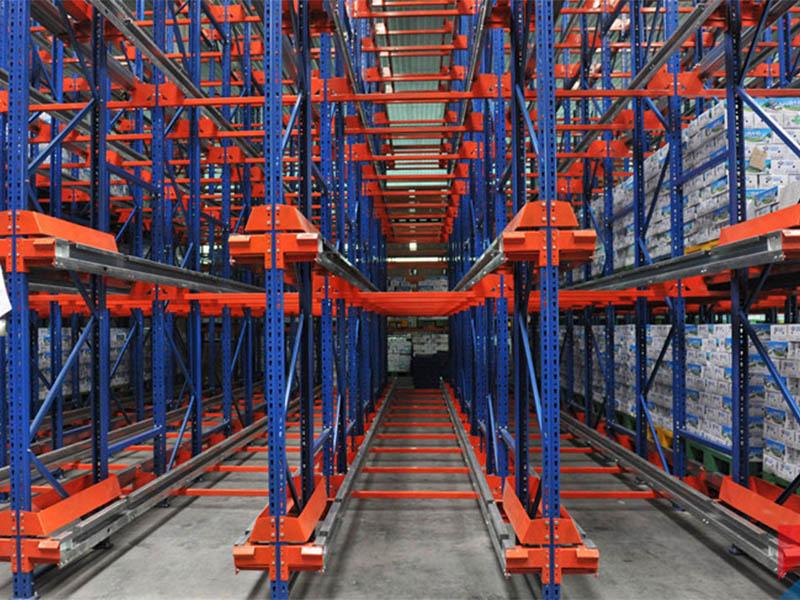
Applications of Automated Shelving Systems Across Industries
The versatility of an automated shelving system allows it to be deployed in a wide range of industries, each benefiting from its unique capabilities. In warehousing and distribution, these systems streamline order picking and storage, handling everything from small parcels to bulk goods. For instance, in e-commerce fulfillment centers, an automated shelving system ensures rapid retrieval of products, supporting same-day delivery promises. Libraries and archives also utilize these systems to manage vast collections, enabling patrons to request items digitally and receive them quickly without manual searching.
In the healthcare sector, an automated shelving system is used in pharmacies and hospitals to store and dispense medications and supplies, reducing errors and improving patient care. Retail environments leverage these systems for backroom storage, optimizing shelf restocking and inventory counts. Even manufacturing plants employ automated shelving systems for parts storage, ensuring that assembly lines have timely access to components. The adaptability of an automated shelving system means it can be customized for specific needs, such as temperature-controlled storage for perishables or secure setups for valuable items. As industries evolve, the demand for such systems continues to grow, highlighting their role in modernizing operations.
Types of Automated Shelving Systems
Automated shelving systems come in various configurations, each designed to meet specific storage requirements. One common type is the vertical lift module (VLM), which uses an extractor tray to retrieve items from vertically arranged shelves. This automated shelving system is ideal for high-density storage of small to medium-sized items, such as tools or electronic components. Another popular variant is the horizontal carousel system, where bins rotate on a track to bring items to an operator, maximizing floor space and speed.
For heavier loads, an automated storage and retrieval system (AS/RS) is often employed, featuring cranes or shuttles that move within aisles to handle pallets or large containers. This type of automated shelving system is common in industrial settings where throughput and weight capacity are critical. Additionally, there are robotic-based systems that use autonomous mobile robots to transport shelves to picking stations, offering flexibility and scalability. Each type of automated shelving system has its own set of advantages; for example, VLMs save space, while carousels improve ergonomics. Choosing the right system depends on factors like item size, volume, and operational goals, making it essential to assess needs before implementation.
Implementation Considerations for Automated Shelving Systems
Implementing an automated shelving system requires careful planning to ensure success. First, businesses must evaluate their current and future storage needs, including item dimensions, weight, and turnover rates. This assessment helps in selecting the appropriate type of automated shelving system and configuring it for optimal performance. Budget is another critical factor, as costs can vary based on complexity, including hardware, software, and installation expenses. However, the long-term ROI often justifies the investment through labor savings and efficiency gains.
Integration with existing systems, such as enterprise resource planning (ERP) or warehouse management software, is vital for seamless operations. An automated shelving system should communicate effectively with these platforms to enable real-time data exchange. Additionally, staff training is essential to maximize the benefits; employees need to understand how to operate and maintain the system. Maintenance requirements should also be considered—regular servicing ensures longevity and prevents downtime. Finally, scalability is key; as businesses grow, the automated shelving system should be able to expand or adapt without major overhauls. By addressing these considerations, organizations can smoothly transition to an automated storage environment and reap the full benefits.
In conclusion, the automated shelving system represents a significant leap forward in storage technology, offering unparalleled efficiency, accuracy, and versatility. By exploring its definition, workings, benefits, applications, and types, it's clear that this system is more than just a convenience—it's a strategic asset for any organization dealing with inventory management. As automation continues to evolve, the automated shelving system will likely become even more intelligent and integrated, further transforming how we think about storage. Whether you're in logistics, retail, or healthcare, considering an automated shelving system could be the key to unlocking new levels of productivity and cost savings.
Frequently Asked Questions
Q1: What is an automated shelving system?
A1: An automated shelving system is a technology-driven storage solution that uses automated mechanisms, such as robotics and software, to store and retrieve items without manual intervention. It enhances efficiency, reduces errors, and optimizes space in various settings like warehouses and libraries.
Q2: How does an automated shelving system improve inventory accuracy?
A2: An automated shelving system improves inventory accuracy by integrating real-time tracking features, such as barcode scanners or RFID technology, which update stock levels automatically. This minimizes human error and provides precise data for better decision-making.
Q3: What industries benefit most from an automated shelving system?
A3: Industries such as e-commerce, healthcare, manufacturing, and libraries benefit significantly from an automated shelving system due to its ability to handle high volumes, reduce operational costs, and improve item retrieval speeds.
Q4: Are automated shelving systems customizable for different item sizes?
A4: Yes, automated shelving systems are highly customizable and can be designed to accommodate various item sizes, from small components to large pallets, by adjusting shelf dimensions and retrieval mechanisms.
Q5: What are the maintenance requirements for an automated shelving system?
A5: Maintenance for an automated shelving system typically involves regular inspections, software updates, and component checks to ensure smooth operation. Depending on the system, this may include lubricating moving parts and replacing worn-out elements to prevent downtime.



